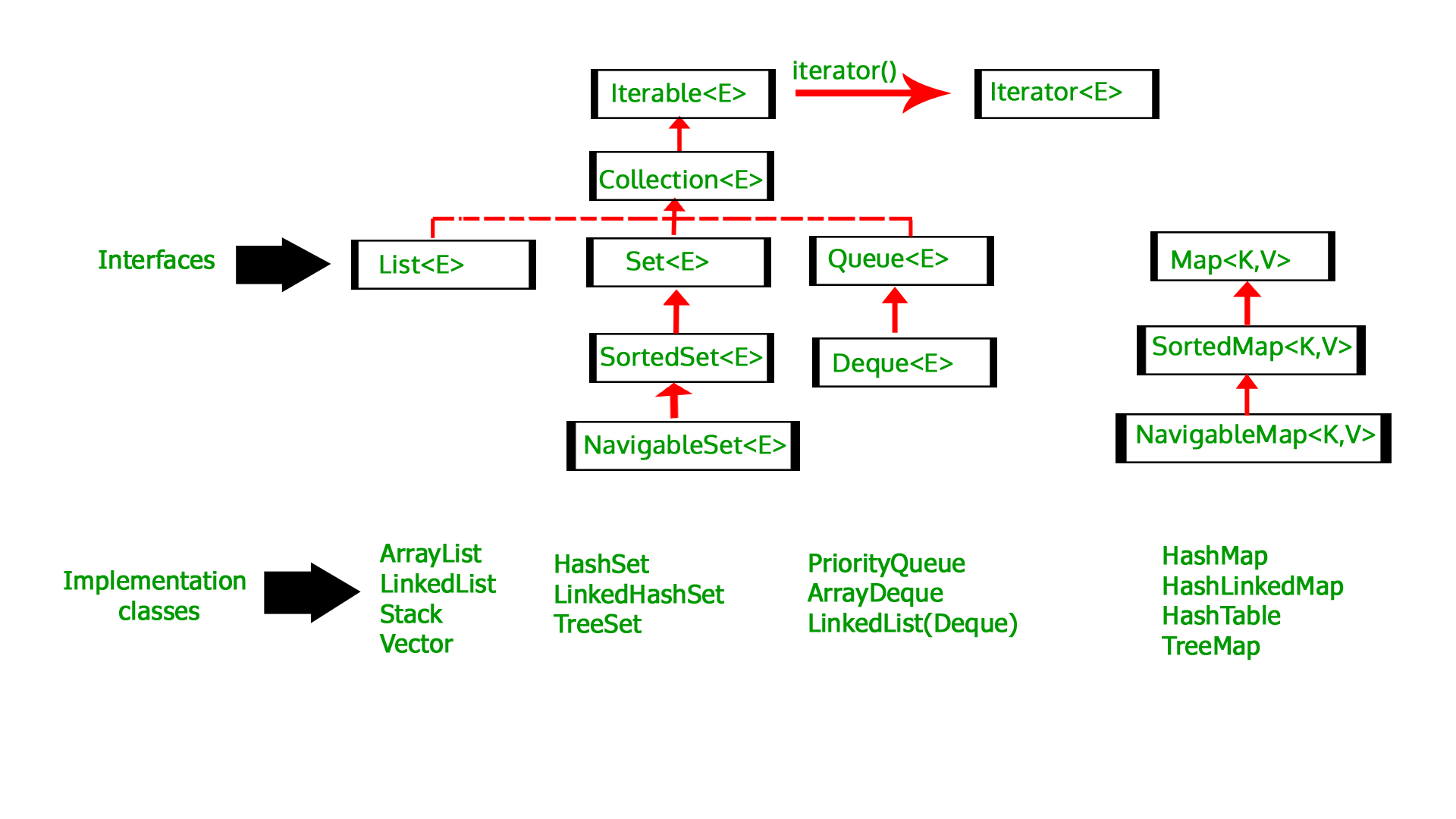https://www.learneducatediscover.com/offering-management
I’m currently in the middle of the hiring process for the offering manager position at IBM. When I was applying for the job, I was a bit confused by the name of the position.
What the heck is the offering manager? Is this close to product manger?
After I listened to the podcast by Alex Bentley, now I think I sort of understood this position better. Below is the summary of the audio liked above.
IBM has two reasons why it calls this position an ‘offering manager’ rather call it as a ‘product manager’.
Historically, IBM called people who are more focused on ‘project management’ as ‘product managers’. Then, IBM realized that the responsibility for the role should be bigger than that. They want people who create business rather than experiences.
So one of the examples that he gave that an offering manager at IBM would do, but product manager might not do is
If someone in the higher up asks,
“Are we on the right track to release the product within 3 months?”
Product Manager: (focus only on user experience and creation process) Well, who are the users that I have. What are the experiences and capabilities that I need to be successful.
Offering Manager: What is the probability that there is a business there? How many data points should I collect to understand the market? How many sales people should I hire for this project?
- Make sure the project is on the right track (Traditional responsibility)
- What is the user experience with this product (Traditional responsibility)
- What is the market value of this product? (Offering manager will do)
- How should I sell this? (Offering manager will do)
What happens during the training period?
- Experience-based
- IBM is giving a trainee a real project to work on
- E.g., Work on the storage portfolio
- Doing the market analysis and finding out the market strategy
- Program-based
- Working with engineers day to day
- Translate what users want for that technology
- There are people who work for both of the areas (That’s what I want to be)
Why is this position attractive?
- You’re engaged in all of the processes for producing the product
- Traditionally, they were talking about the product lifecycle management (PLM) and revenue data whereas now how we are able to track and how to make users find your product
- Net promoter score: how loyal your customers are?
- Key Performance Index (KPI): The key element to determine the success of the product: Revenue for each quoter, but if the scale of the project is small, then it will be treated as a start-up product that cares more about the number of customers that are using etc.
- Hence, the KPI can be different depending on where the product lies on the life cycle.
What is different from the start-up product?
- Your product should be incorporated with the company value
What is the typical day of an offering manager?
- Sitting with the engineers to discuss the backlogs for this particular product
- Pitching the analysis
What is the most valuable thing?
- Ability to say no and articulate your reasons well
- Persuading people with the data
- You need to go deep and find the root cause of something
- Focus on your users













